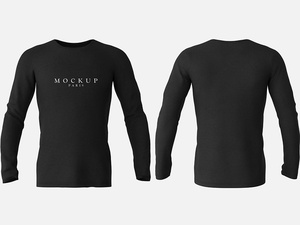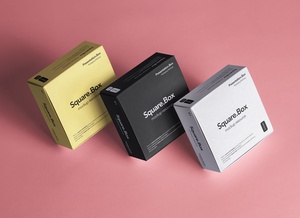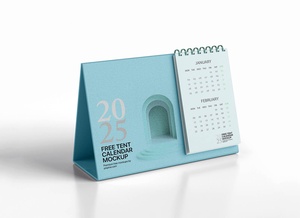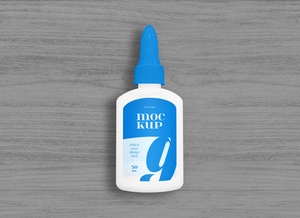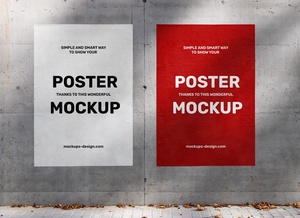Folder, Business Card & Invite Stationery Mockup

Creating an effective brand identity is a crucial aspect of building a strong and recognizable brand. The choice of color plays a significant role in conveying the brand's personality and connecting with the target audience. Here are some considerations when selecting colors for your brand:
-
Understand Color Psychology: As you've mentioned, different colors evoke different emotions and feelings. Understanding color psychology can help you choose colors that align with your brand's message and values. For example:
- Red: Represents passion, excitement, and energy.
- Purple: Conveys luxury, creativity, and sophistication.
- Orange: Symbolizes enthusiasm, warmth, and optimism.
- Yellow: Evokes happiness, positivity, and friendliness.
- Green: Associated with nature, health, and eco-friendliness.
- Blue: Signifies trust, reliability, and professionalism.
-
Consider Your Target Audience: Think about the demographics and preferences of your target audience. The colors you choose should resonate with your audience's tastes and preferences. Conducting market research can help you better understand your audience's color preferences.
-
Competitor Analysis: Examine the color choices of your competitors. While you don't want to copy them, understanding the color landscape in your industry can help you differentiate your brand. Choose colors that set you apart.
-
Brand Values and Message: Consider the core values and message of your brand. What do you want your brand to represent? The colors should align with these values. For example, a brand focused on sustainability might choose earthy greens and browns.
-
Versatility: Ensure that the chosen colors are versatile and work well in various applications, from your logo and website to marketing materials and packaging.
-
Color Combinations: Think about how different colors can be combined to create a cohesive and visually appealing brand palette. A primary color, secondary color, and accent color can work together harmoniously.
-
Test and Iterate: Before finalizing your brand's color palette, consider conducting A/B testing or seeking feedback from a focus group. This can help you determine which colors resonate best with your audience.
-
Longevity: Choose colors that have a timeless quality. Trends change, so avoid overly trendy colors that may become outdated quickly.
Once you've selected your brand's colors, it's essential to maintain consistency in their use across all branding materials. This consistency helps in building brand recognition and trust among your audience.
The stationery mockup you've shared can be a valuable tool for visualizing how your brand colors will appear in various real-world applications. Customizing this mockup with your brand's colors can help you assess their visual impact and ensure they align with your brand's identity.










